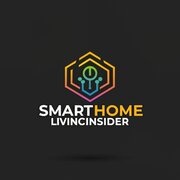Guides
10 Best Apps To Control All Your Smart Home Devices.
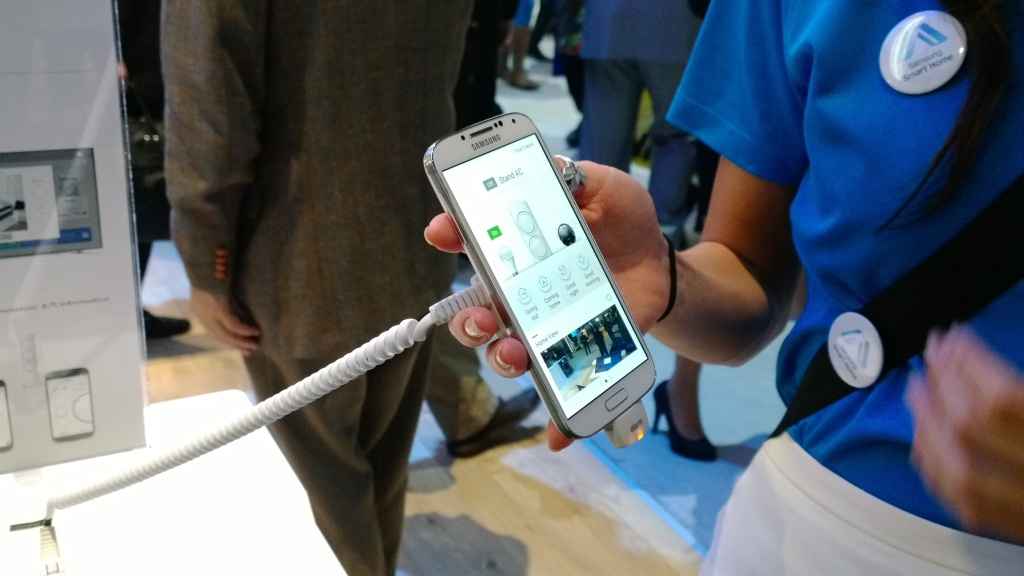
10 Best Apps To Control All Your Smart Home Devices are the kinds of smart home gadgets that used to only exist in science fiction movies are quickly becoming available to the public thanks to rapid technological development.
With the aid of these advanced technological gadgets, you can do any task without leaving the comforts of your couch.
What Exactly Is an App for a Smart Home?
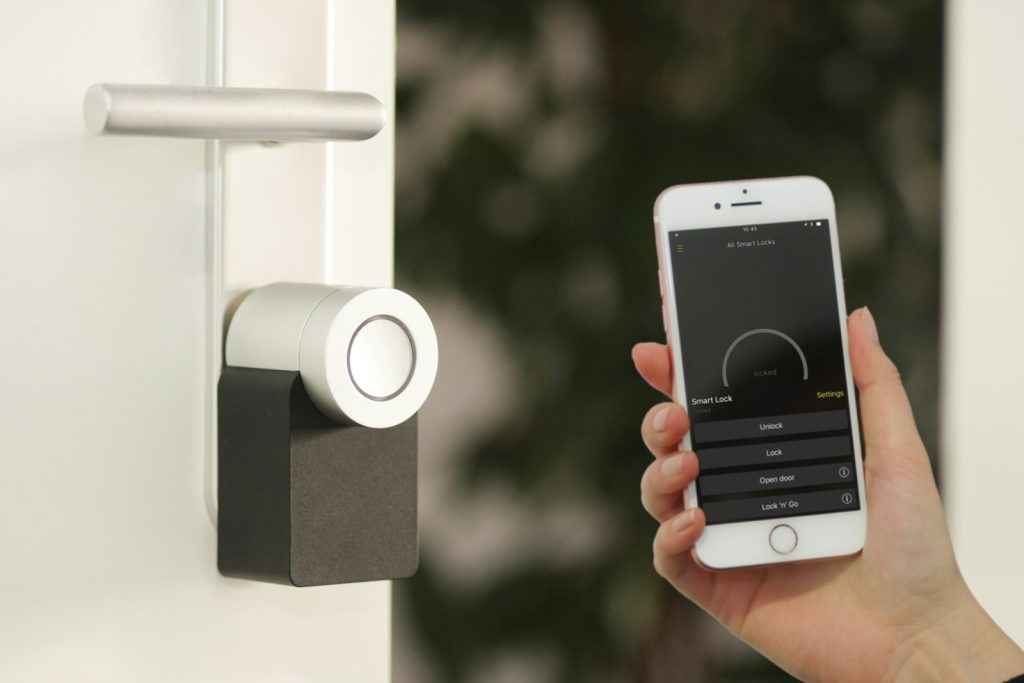
It is not necessary to get everything for your smart home ecosystem from the same manufacturer. It’s easy to forget that the light bulbs in the living room are a different brand from the ones in the kitchen if you want to communicate with these gadgets using a smart speaker or display.
This is because you provide commands to the server in charge of the lights through a speaker, and the lights respond accordingly.
However, there are situations in which you may not want to utilize your speaker, such as when you want some peace and quiet or when it doesn’t comprehend what you’re saying.
Having one of these gadgets in every area may also become expensive. On the other hand, you may use your phone to manage your smart home devices regardless of where you happen to be.
However, it may be inconvenient to use a variety of mobile applications to switch between several systems.
10 Best Apps To Control All Your Smart Home Devices.
To avoid compatibility issues while using devices from various manufacturers, there are applications available that facilitate communication with many service providers. Here is what we’ve chosen:
1. Alexa, by Amazon
The Amazon Echo was one of the first smart speakers available, allowing users to manage home automation systems using voice commands. Given the extensive list of compatible hardware and software, it makes sense for the app to serve as a centralized hub for all of your smart devices.
With the widespread adoption of Alexa-enabled devices, the number of compatible add-ons is only going to increase over the next several months.
The Alexa app provides a centralized hub for managing all compatible smart home gadgets from a single location, independent of brand.
They are organized in various ways, such as by room and by category, and may be accessed from the top bar. At long last, the ability to create favorites means that frequently used devices may be accessed without any more digging.
https://youtu.be/RyyTf-l9Qq8?si=UOoJdYk_4YQBNyic
The Alexa app isn’t the most intuitive or aesthetically pleasing option out there. Additionally, the device list is not immediately visible when opening. Aside from verbally instructing Alexa, there is no widget with shortcuts for controlling your smart devices.
Finally, although Alexa can be controlled verbally, it may not be possible to do so using the app’s graphical interface. This restriction is especially perplexing given that the gadget is on the recommended list and responds to voice commands.
Some garage doors, for instance, may be controlled through the Echo speaker but not the Alexa app.
Alexa, on the other hand, has some of the most potent routines available. You may use it to set up a wide variety of circumstances for automating the interactions between your smart devices.
2. Home by Google
If you have many smart home devices from different manufacturers, the Google Home app may serve as a centralized hub for all of them. All of your Google Assistant-enabled devices will automatically sync with the app, much like Alexa.
Since Google Assistant is a preferred choice, it is compatible with a wide variety of well-known companies and services.
There’s no need to individually add each gadget to the program, and everything can be managed from a single interface. When comparing Google Home to Alexa, the key benefit is that all devices are seen without having to go to a different tab.
Your gadgets are organized by room, but you can’t choose favorites. Additionally, there is no exact filtering by device type as Alexa has, even though there is a shortcut at the top to manage the lights and thermostats.
Even if they show up in the Google Home app and are compatible with Google Assistant, you can’t control all devices with Google Home. When using the Google Home app, for instance, you can’t switch off the TV, even if you ask the Assistant to do so.
Surprisingly, the Google Home app let us open the skylight windows but not the shutters, although we could open and close them by just saying so. The fact that Alexa allowed us to accomplish it via the app makes the contradiction all the more fascinating.
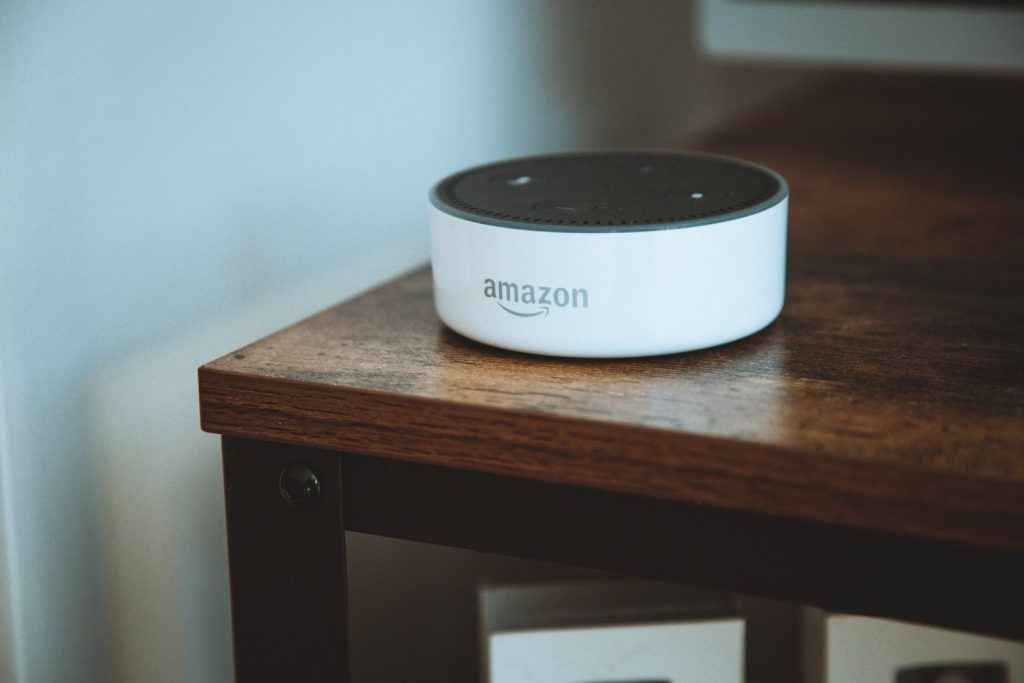
Assistant routines may help you get around these restrictions by automating common household tasks like turning off the lights when you leave. However, in comparison to Alexa, these procedures are restricted because of a lack of initialization options.
Most individuals can make use of Google Home, particularly as a hub for simple smart home gadgets like lights, plugs, and thermostats. Consider how effectively the app interfaces with your current ecosystem and whether or not it supports the sophisticated controls and automation you need.
There is no way around the app’s predetermined structure, which is based on rooms and an alphabetical index. In our case, the least often managed space is the restroom, so that’s where we start. To make matters worse, there is no handy widget to let you quickly access the most-used settings.
As a consolation, if your phone is running Android 11 or later, you may be able to take advantage of the integration with the Power Menu. This is convenient for controlling your smart home without installing any additional apps, but it isn’t available on all devices.
3. Samsung’s Smart Home Appliances
When it comes to aesthetics, SmartThings is up there with the best of them. It was manufactured by Samsung; however, it may be used with devices from other manufacturers without a hub.
Many third-party services can be integrated with it, but not as many as with Google Home and Alexa. The software can be set up quickly and allows you to divide your devices into rooms and prioritize the ones you want to access from the app’s main screen.
SmartThings provides convenient features, such as the ability to set timers for the lights to turn off automatically after a specified length of time or at a certain hour, and a more user-friendly layout than the previous two applications.
In a similar vein, you can manage many bulbs at once, regardless of brand, by creating light groups that function independently of rooms. However, the software only allows you to lower the lights to the same level and not alter their color when they are in a group.
Despite this restriction, SmartThings typically fully supports the devices it works with, so an unsupported device is not likely to show up on the list. Unlike Alexa, it can show us a live feed from our Ring security cameras and doorbells.
This is more manageable with fewer service providers, but it is still important to keep in mind. To manage your lights and other gadgets without launching an app, you can simply add widgets to your home screen.
SmartThings also has robust automation capabilities out of the box. They are capable of conditional logic and multi-device control. Setup is straightforward, and you won’t even need a service like IFTTT.
If your smart home gadgets are compatible, SmartThings is your best bet for turning your phone into a remote control. The widget is preinstalled, and the software itself is user-friendly.
In addition, once your devices are connected to your SmartThings account, they will be instantly added to your smart speakers, so you won’t have to add them separately in any other applications. This is because SmartThings works with both Google Assistant and Alexa.
4. Olisto:
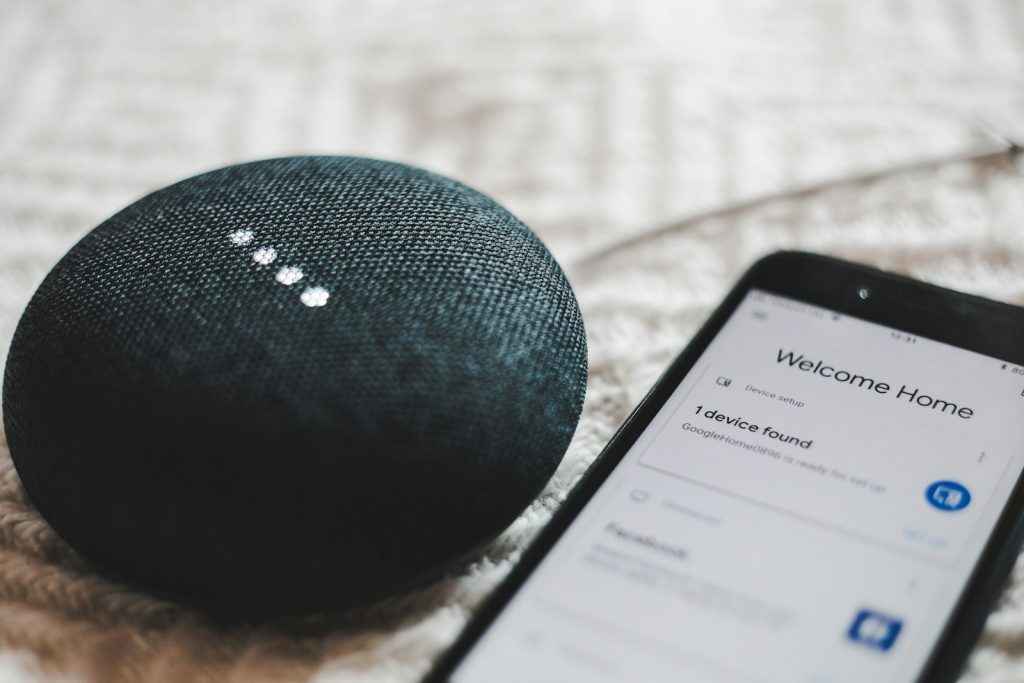
Even though it’s not a traditional control panel, Olisto can help you automate and coordinate the majority of your smart home’s gadgets and appliances.
You may set up triggers that operate on the system depending on factors like time and place. It may be programmed to do recurring tasks such as activating lights, locking doors, and opening blinds at 9:00 a.m. on weekdays.
Your smart home gadgets, like your smart camera, activity tracker, and more, may serve as triggers for automated tasks. Input unique triggers, such as closing the kitchen door if you haven’t had enough activity before 7 p.m., since Olisto is compatible with so many other services.
The ability to make “now” buttons that trigger actions is extremely useful. To operate many devices at once, such as blinds, lights, and speakers, a single virtual button may be pressed.
It is convenient when used often but time-consuming to set up since buttons must be added individually for every function in every product.
If you don’t want to spend a lot of time configuring your system, Olisto is probably not for you.
In contrast, this software is worth a try if you like tinkering with technology and would like to set up some cool home automations that are activated by the push of a digital button.
Even though it supports fewer services than IFTTT, Zapier actually makes it easier to develop sophisticated routines. Last but not least, there is no widget, but rather an option to enable a helpful permanent notice.
5. iHaus
The iHaus software isn’t very pretty, but it does have some practical applications. Connecting your smart home gadgets to it doesn’t require signing up for any additional services or going through any complicated setup procedures like most other applications.
With the app’s automated device scanning, we were able to connect our Roomba cleaner and Hue lighting with a single tap. When compared to the aforementioned applications, it supports fewer devices and services.
You may not be able to include all of your devices in the app if, for example, some of your lights, smart plugs, cast-enabled speakers, smart shutters, or garage doors are incompatible.
If you have many smart speakers, lights, plugs, kitchen appliances, locks, thermostats, and even a Tesla, iHaus can operate as a centralized control panel for all of them.
The ability to just touch an icon makes it far more user-friendly than Google Home. It’s also wonderful that it can identify preexisting groupings, like Hue rooms, so you can control the brightness or color of every bulb in a given space with a single command.
It’s possible to program a single button to switch off every appliance in your house. Although conditional triggers may be created with iHaus scripts, they aren’t very useful in reality.
What you want to accomplish, the devices you have available, and the app’s compatibility all play a role.
If your devices are compatible, iHaus is a good choice if you want to test something out quickly and aren’t too concerned with how it appears.
6. IFTTT
The If This, Then That service is a top pick for us. It’s not so much a smart home hub as it is a smart automation platform that works with a wide variety of other brands.
After you’ve gotten everything set up, you can stop thinking about it. If, for instance, you use different applications to manage your home’s lights through smart plugs, IFTTT can help you automate the process of turning them off at once.
Easily make a location-aware applet by connecting the app’s many plug-ins. Because of how effectively IFTTT works, you will only need to use the app occasionally to do things like create an applet or review your activity history.
You may use widgets and Do buttons on your phone to manage your smart home gadgets remotely. Applets need manual creation, like Olisto and Google Home, although they have certain useful capabilities like controlling lighting.
If you don’t plan on making a lot of buttons, IFTTT is a good option to explore. The platform is compatible with many different services, and new jobs may be made with only a few mouse clicks. The app features a widget, which is something that not all of its competitors have.
Home Remote Home Remote’s interface is so easy to use and aesthetically beautiful that it almost begs you to categorize your electronics into rooms and groups.
Lights, outlets, thermostats, televisions, and stereos are just some of the gadgets that may be controlled by this app. Even though it lacks the functionality of Alexa and Google Home, it does support a respectable number of third-party apps.
It is also compatible with Cast speakers since it is integrated with SmartThings.
Background images and device placement are both modifiable via the UI. It’s worth a try to see whether it meets your requirements and is compatible with your modern gadgets.
Node Red and Hubitat are two excellent choices if you’re looking to work with sophisticated tools. Due to their technical requirements, some applications are not ideal for the typical user. But if you’re not afraid of tinkering and want to exercise command over your networked devices, they are worth a shot.
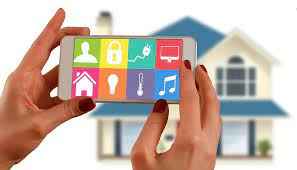
These two approaches can let you operate any gadget the way you want if you’re willing to put in the time and effort to learn how they work and how to maximize your smart home’s potential.
They aren’t as user-friendly as the applications we just discussed, but with your aid, you can do amazing things in your own house!
Use your mobile device as a smart-home controller.
7. Home Assistant:
Home Assistant is a free software that allows you to control all smart devices. It is an excellent smart hub that converts your home into a smart central hub efficiently.
It has also third-party integrations and supports multiple smart home devices simultaneously. You can smoothly customize your smart home devices’ experience according to your needs.
The home assistant is the most popular and accurate solution to make the home into a smart central hub that retains all smart devices with just one command.
This app allows you to connect smart devices like TVs, lights, fans, and so many other things at a time. This app does not compromise on customer service. This app can also operate without a Wi-Fi connection. A Wi-fi connection is only needed at the time of installation.
8. Hubitat:
Hubitat is the best choice for people who want quickly respond apps. It provides you local control interface. This app offers you a high privacy and security guarantee. This app is popular because it only allows you to a geofencing features. I think this is also a good choice for those who value privacy. It has a user-friendly interface.
9. Control 4:
The Control 4 app enables you to operate all smart devices with just one click. It offers you a 3G/4G connection to your all smart home devices. It is available for both Android and iPhone. It does not contain any complex operating process.
10. HomeKit:
HomeKit is also known as Apple Home. It is designed for Apple products. This app only operates on Apple devices. It is a smart hub to monitor and control your iPhone and Apple TV. It enables you to convert your home into automation through Siri which is built into Apple devices.
Conclusion
More smart home gadgets mean more work to manage them. Even without a centralized smart home app, you’ve arrived at a stage where you can ditch the remote and get by with relatively seamless control of your smart devices using a combination of applications.
With the help of smart home applications, you can manage everything in your house from a single, centralized location. Each SmartApp has its unique features, yet they all share a common set of basics.
The devices they work with vary. The capabilities you’ll need and the device you’ll be using it to manage should help you narrow down your options.
-
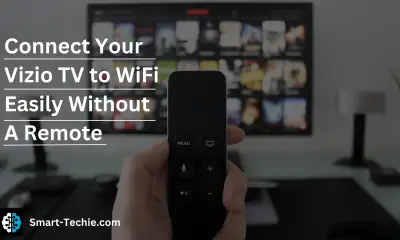
 Solutions2 years ago
Solutions2 years agoHow to Connect Your Vizio TV to WiFi Easily Without a Remote?
-

 Solutions2 years ago
Solutions2 years agoWhy is My Samsung TV Picture So Dark? Exploring the Possible Causes
-

 Accessories2 years ago
Accessories2 years agoCan A Hdmi Splitter Extend The Display To 2 Monitors?
-

 Gadgets2 years ago
Gadgets2 years agoFitbit Symbols Meaning: What Do The Fitbit Icons Mean?
-
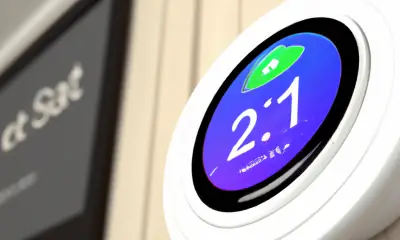
 Accessories2 years ago
Accessories2 years agoDo Smart Thermostats Run On Batteries? Let’s Find Out
-

 Solutions2 years ago
Solutions2 years agoWhy Can’t I Stream Netflix From My Phone? | Solution
-

 Solutions2 years ago
Solutions2 years agoHow To Fix Charging Not Available? Iphone Liquid Detected
-

 Accessories2 years ago
Accessories2 years agoTop 6 Garage Door Openers Work With Apple Homekit

